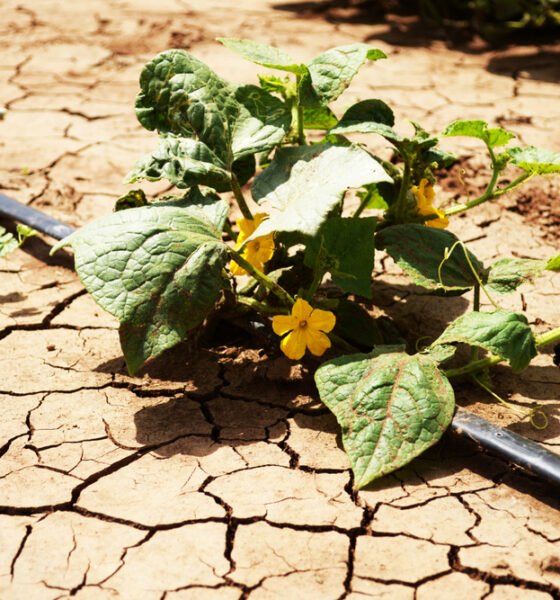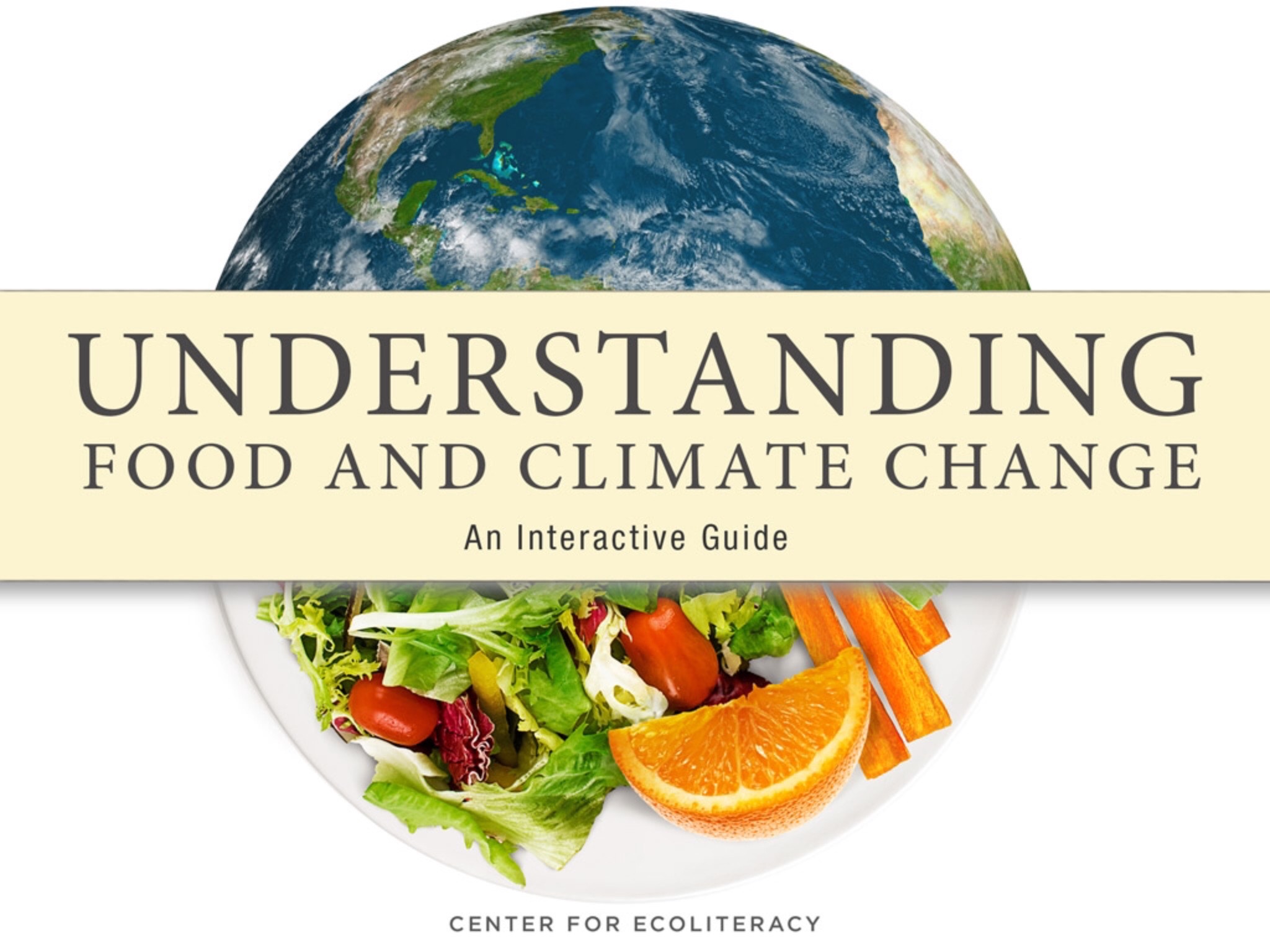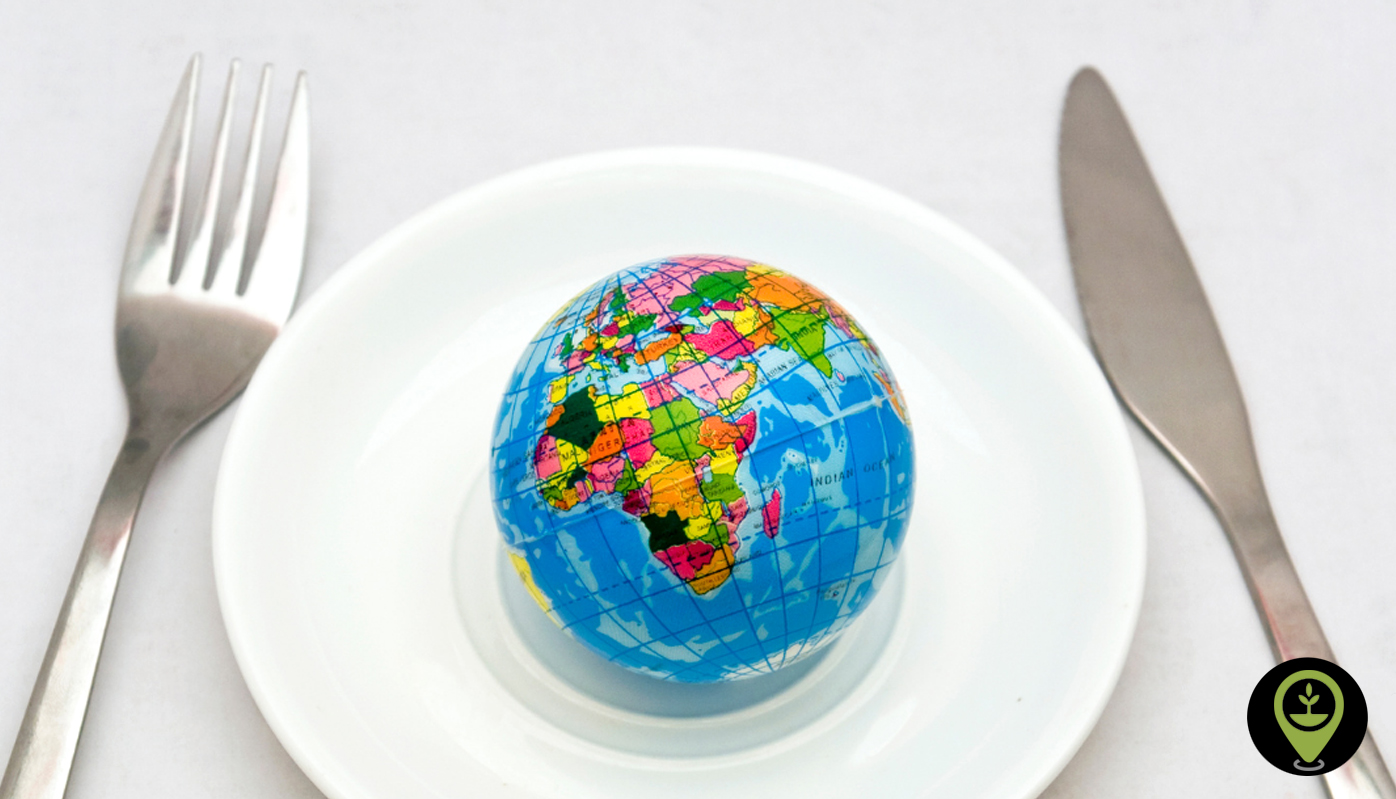What You Need to Know About Climate Change and Our Food Food Insight Biology Diagrams New Delhi: "Climate change is putting food safety at risk and action is needed to prepare the food system for the challenges ahead," according to the UN's Food and Agriculture Organisation (FAO). A recent FAO study, 'Climate change: Unpacking the burden on food safety,' highlights that climate change is threatening the safety of food - sourced from both land and sea, and outlines

The journey of food from farm to table is increasingly fraught with challenges due to climate change. From direct impacts on agricultural productivity to broader economic consequences that affect supply chains and food prices, the stakes have never been higher. The future of food supply chains in the face of climate change is uncertain, but not without hope. By embracing innovation, fostering collaboration, and prioritizing sustainability, the global Climate change can also disrupt food supply chains and transportation, hence food price volatility, and compromised food security, nutrition and human health . It exacerbates inequities, and poorer, vulnerable groups tend to suffer more as they are less resilient to shocks ( Tirado et al., 2013 ; Niles et al., 2017 ; FAO, 2020 ).

The dynamics of food chains under climate change and nutrient ... Biology Diagrams
Here, is the basal species' mass and temperature-specific maximum growth rate, is the basal species' logistic growth term and is its population biomass density. The functional responses and describe the feeding dynamics of the feeding links in the food chain. The assimilation efficiencies (efficiency of conversion of prey biomass into predator biomass), and , are both set to 0.85 because both Climate change makes feedstock for cattle, pigs, and chickens harder to grow. According to a recent study, every 1ºC increase slows growth by 7%. Much of that feedstock is corn, and climate change is driving lower corn yields. Indeed, one report forecasts a 20-40% decline in US corn belt production from 1991-2000 levels by 2046-2055. Climate change poses significant challenges to global food supply chains, impacting various facets of production, distribution, and consumption.

Climate change threatens food production at large. Agri-commodities are produced and traded on a massive scale, though production is concentrated in key geographies. Extreme weather during critical periods of the growing season causes far-reaching disruptions and climate change increases the frequency and severity of extreme weather events.

Assessing the vulnerability of food supply chains to climate change ... Biology Diagrams
As climate change has intensified, extreme weather events, shifting temperatures and unpredictable rainfall have disrupted global food supply chains, threatening the stability of everything from staple crops to the cans on supermarket shelves. In the years to come, the effects of climate change on
